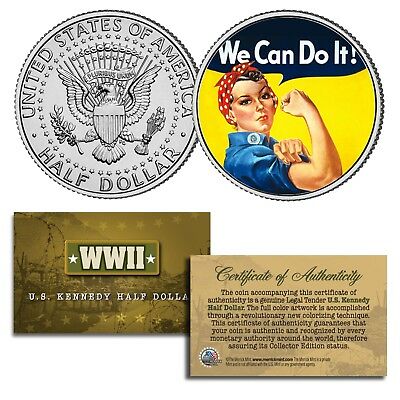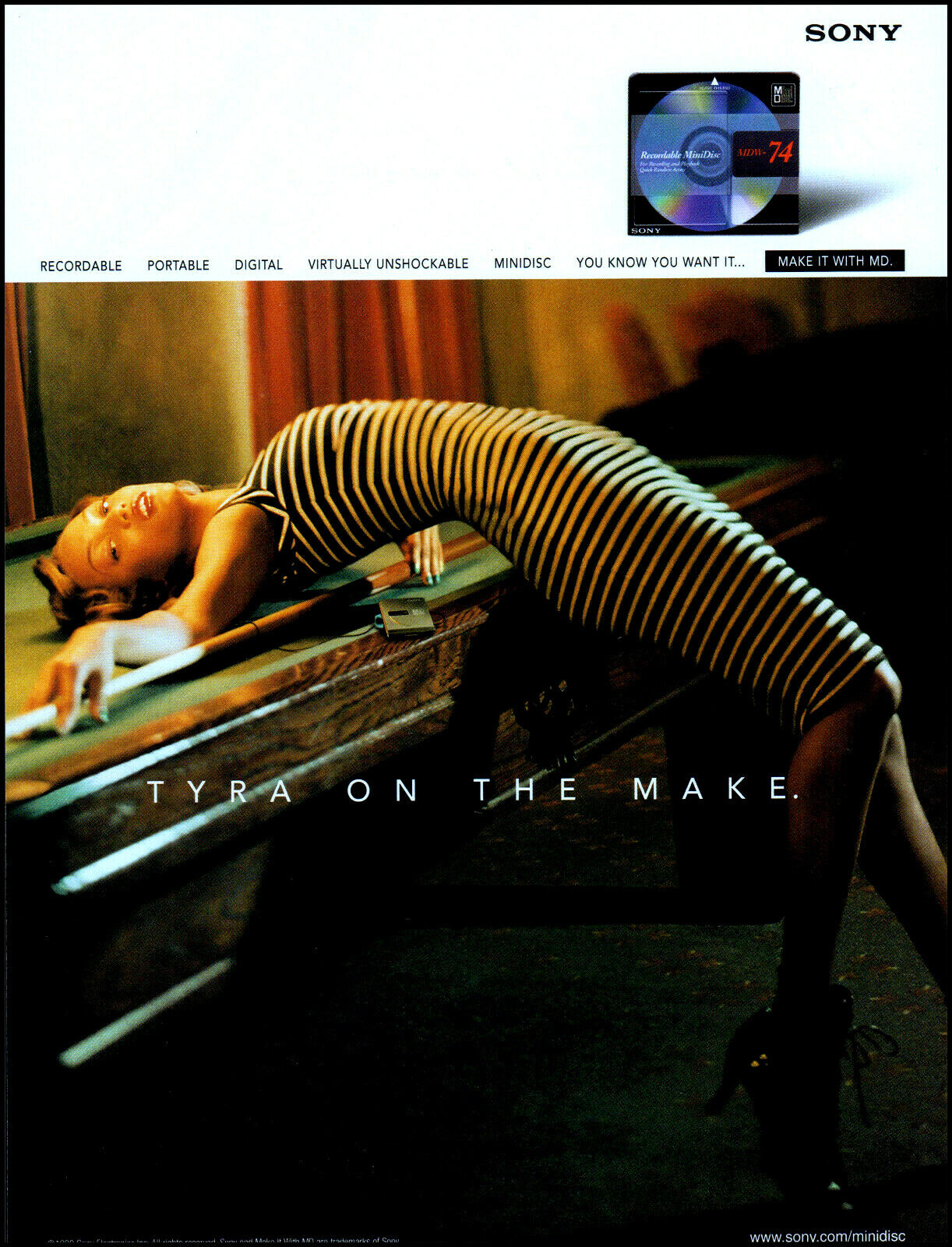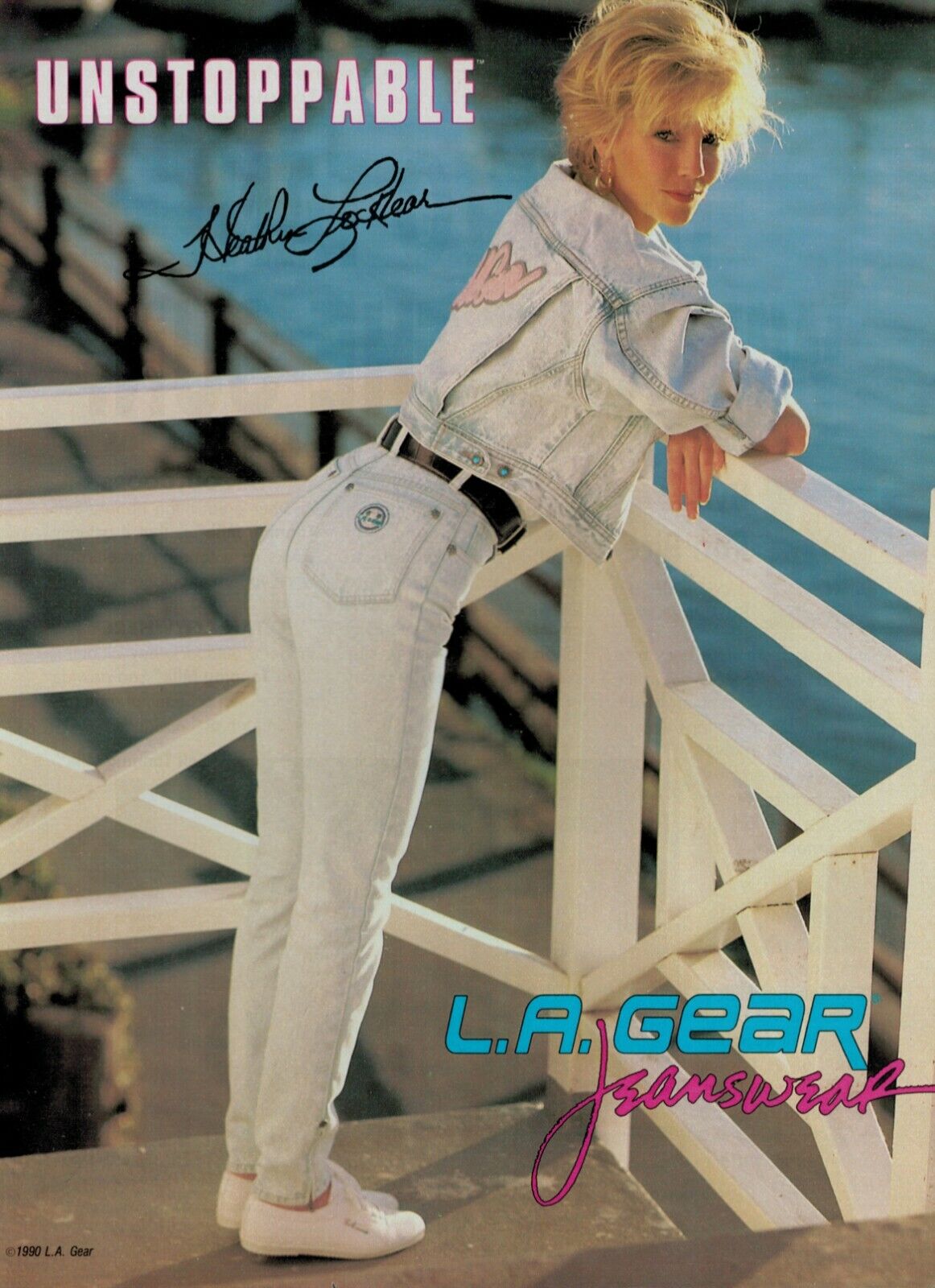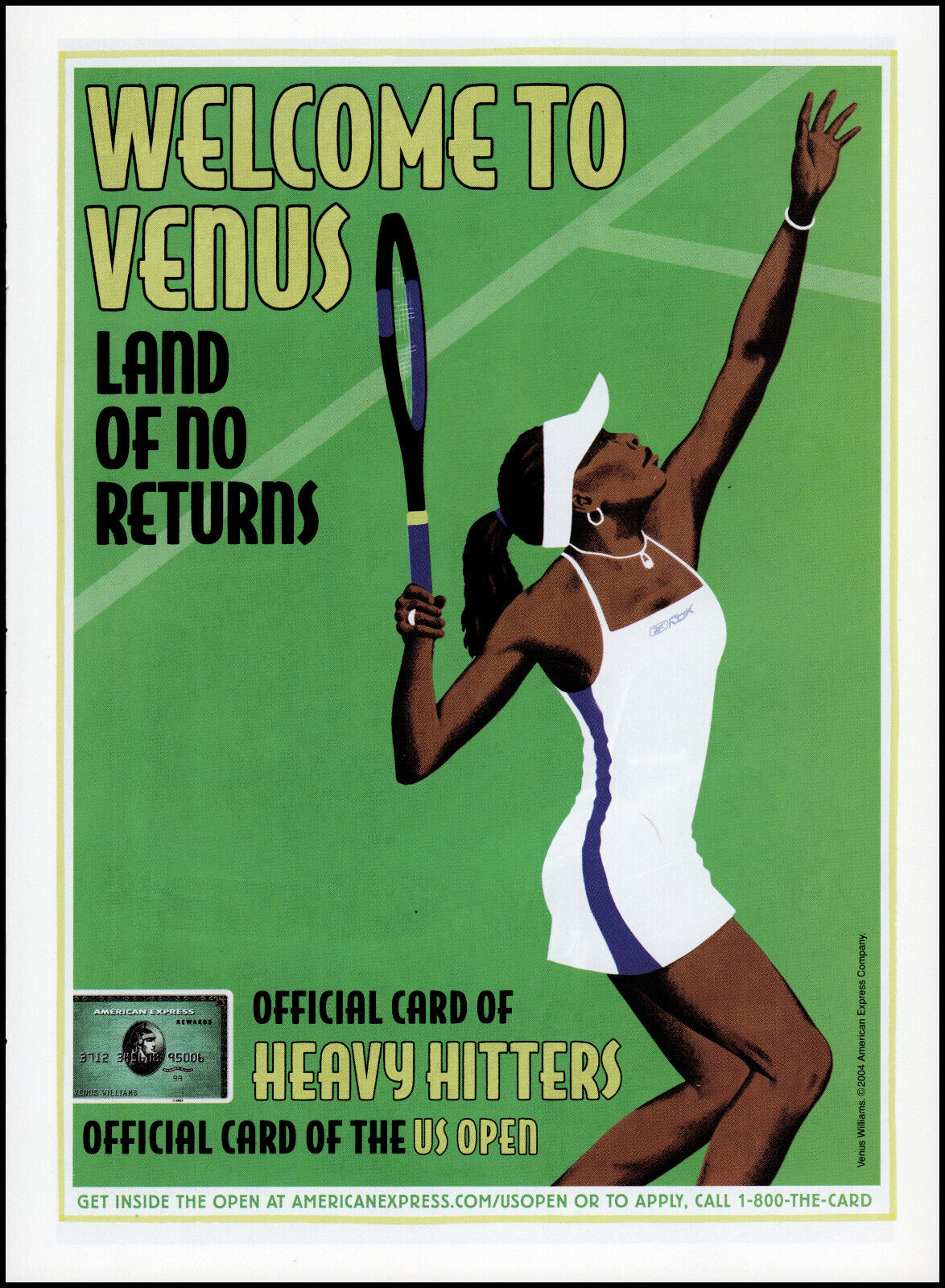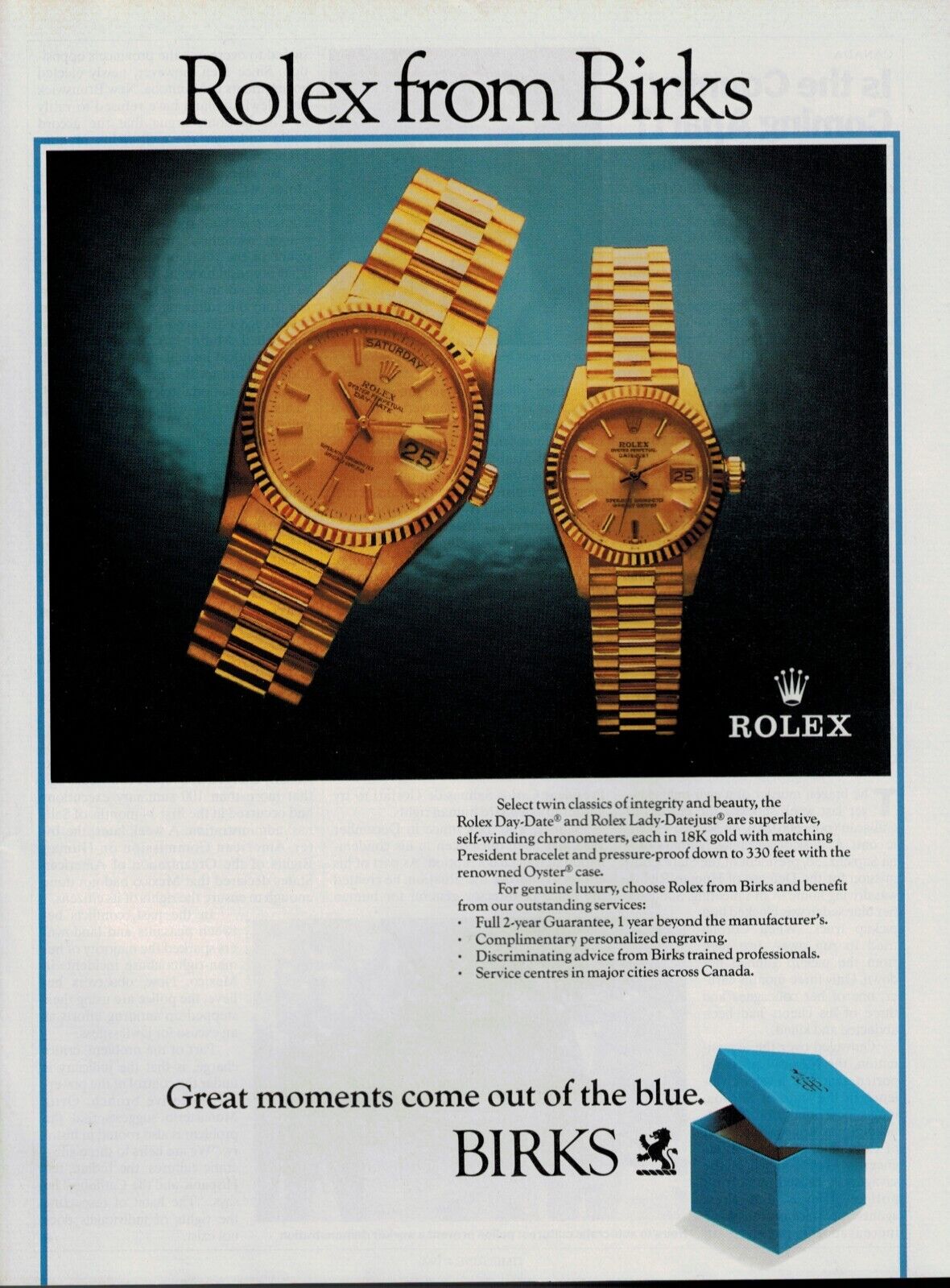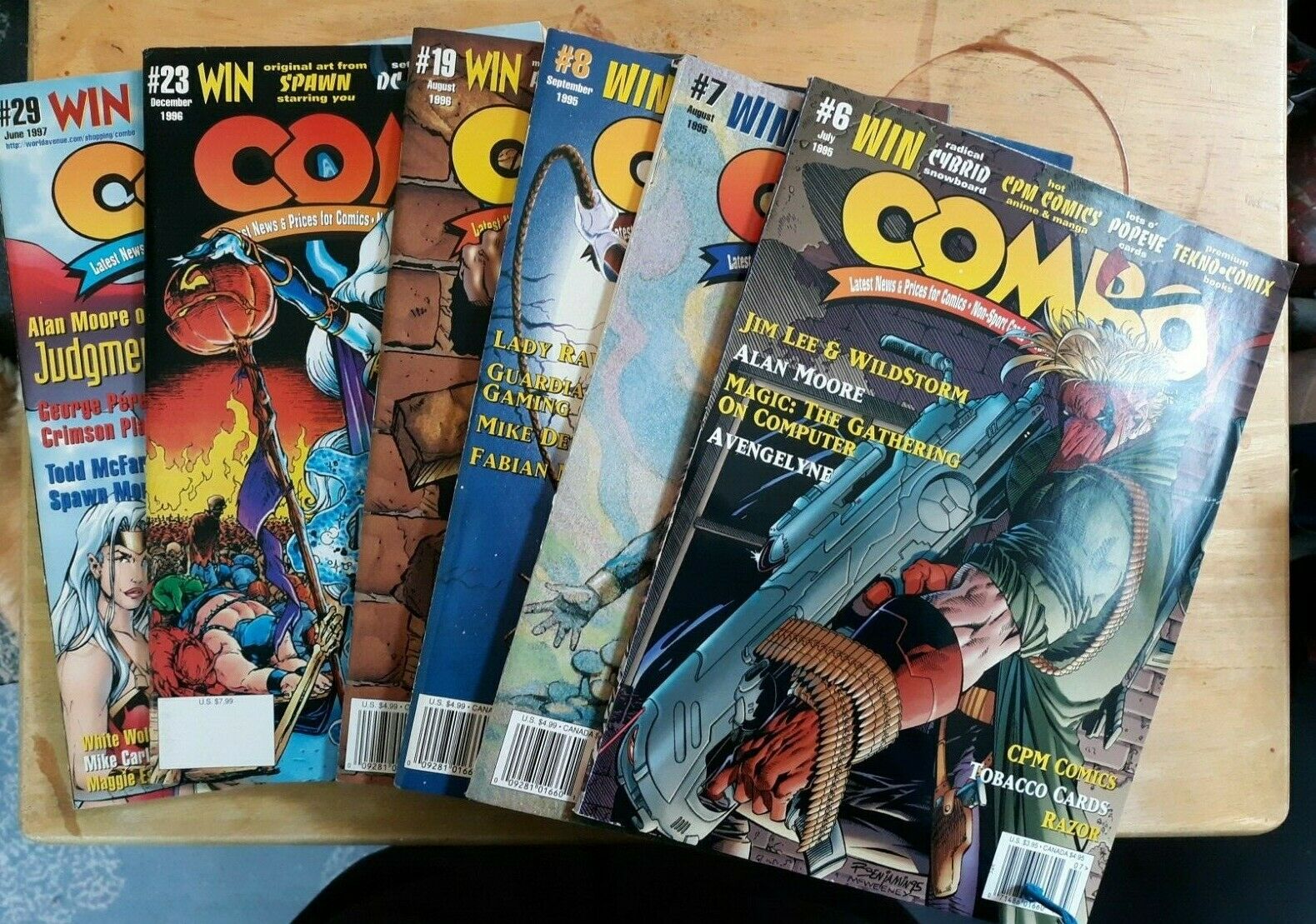-40%
DINERS CLUB. THE RIGHT ANSWER IN ANY LANGUAGE 1992 Ad Belgium
$ 5.85
- Description
- Size Guide
Description
DINERS CLUB. THE RIGHT ANSWER IN ANY LANGUAGE 1992 Ad Belgium. Condition is "Used". Shipped with USPS Media Mail."I've got two hours in Brussels between flights.
Is there somewhere quiet where we can actually work?"
© 1992 Diners Club International Ltd.
Diners Club says "yes" in more than 175 countries around the world.
And with Diners Club, “yes" means more than global acceptance.
It also means you're welcome in 47 exclusive Diners Club airport and
business lounges in major cities around the world. It's something
other cards just don't offer. So why take chances? Take Diners Club.
DINERS CLUB. THE RIGHT ANSWER IN ANY LANGUAGE."
Back at the ad
18
BRUSSELS AND ITS HISTORY
by an unprecedented "improvement" campaign.
Brussels became home to many renowned artists
in such diverse areas as altar piece sculpture, gold-
smithing, tapestry-weaving, and the illumination
of manuscripts.
The imperial city
The end of the 15th century was marked by new
dynastic upheavals. Control of Brussels passed
from the Burgundians to the Habsburgs after the
death of Charles the Bold in 1477, when his daugh-
ter Mary of Burgundy (who was born in Brussels in
1457) married Maximilian of Austria. Out of this
union were born Margaret of Austria and Philip
the Handsome (later the father of Charles V). In
1515, Charles, with the title of Archduke, made
his ceremonial entry into Brussels and took up
residence in the Coudenberg Palace. Soon to be-
come Holy Roman Emperor and the King of Spain
and the Netherlands, he controlled his vast pos-
sessions from Brussels, which was not only the
princely capital of the Netherlands, but also that
of the Habsburg Empire.
The policy of centralisation, which grew ever
stronger throughout the reign of Charles V, in
creased Brussels' force of attraction over the out-
side world. Products and people-princes, ambas-
sadors, businessmen, artists, messengers, etc.-
flowed into the steadily expanding city. The
painters Albrecht Dürer and Hans Holbein the
Younger, the historian François Guichardin and of
course the humanist Erasmus figure amongst the
city's many notable guests.
On October 25th, 1555, Charles V returned to
Brussels (where he had resided from 1520 to 1522,
and then again from 1530 to 1540) to proclaim
his abdication. Philip II, who succeeded him as
King of Spain and the Netherlands (among other
possessions), soon had problems with William of
Orange.
The brilliant qualities of this prince of German
origin, who had grown up at the court of Brus-
sels, had won him the favour of Charles V and
the position of "stathouder" of Holland, Zeeland,
and Utrecht. William was close to the Protestants
and, for philosophical reasons, rejected the tyran-
nical rule organized from Madrid by the son of
Charles V, His Most Catholic Majesty Philip II of
Spain. This rejection gradually found expression
in political, and ultimately military, form. Brus-
sels, meanwhile, was subjected to the iron rule of
the Duke of Alba, the representative of Philip II,
who brought with him from Spain the Inquisition's
barbark practices. With the aid of Wiiam of Or
ange, the city rose up in revolt in 1577, chasing
out the Spanish and resisting attempts to recap
ture it for eight years, before at last being forced to
capitulate. While the territories of the north the
United Provinces of the Netherlands) won perma-
nent independence, the regions of the south, in
cluding Brussels, thereafter formed the "Catholic
Netherlands" under the renewed control of Spain.
The turbulence of these dramatic years struck a
fatal blow to Brussels economy, which was un-
able to benefit from the opening in 1561 of the
Willebroek canal and the direct access to the sea
which it offered. The more beneficent reign of the
Infanta Isabella, daughter of hilip and her hus
band Archduke Albert of Austria thus began in a
period of serious depression at the start of the
16th century.
Soon, however, all of Europe was embroiled in con-
sequence of Louis XIV's policy of expansion. The
southern Netherlands became the batlefield on
which France confronted her enemies. In reprisal
against Dutch and British attacks on French ports
along the English Channel, Brussels was bom
barded and largely destroyed by the troops of Mar
shall de Villerol. 4000 buildings were destroyed
or damaged, and the Grand-Place was left in ruins.
But the determined inhabitants of Brussels rolled
up their sleeves and rebuilt the Grand-Place within
four years, creating what has to this day remained
one of the most splendid settings in all of Europe.
When, at the start of the 18th century, the control
of the Austrian Habsburgs replaced that of their
Spanish cousins, the city, once again oppressed by
an authoritarian and highly centralized dynasty
which ruled from faraway Vienna, rose up in re
volt.
When, at the start of the 18th century, the control
of the Austrian Habsburgs replaced that of their
Spanish cousins, the city, once again oppressed by
an authoritarian and highly centralized dynasty
which ruled from faraway Vienna, rose up in re-
volt.
The rebellion failed. Austrian domination proved
beneficial for Brussels (in both commercial and ur-
banistic terms) only under the enlightened rule of
Charles of Lorraine.
Towards independence
After his death, isolated episodes of social unrest
culminated in 1789 with the Brabantine Revolu-
tion, which led in 1790 to the proclamation of the
United Belgian States. But the pace of History ac-
celerated at the end of the 18th century, with the
French Revolution, and the start of the 19th, which
was dominated by the reign of Napoleon. A few
months after the defeat of the Austrians by French
troops at Fleurus (1794), Brussels, having become
a French possession, was relegated to the rank of
administrative capital of the department of Dyle.




